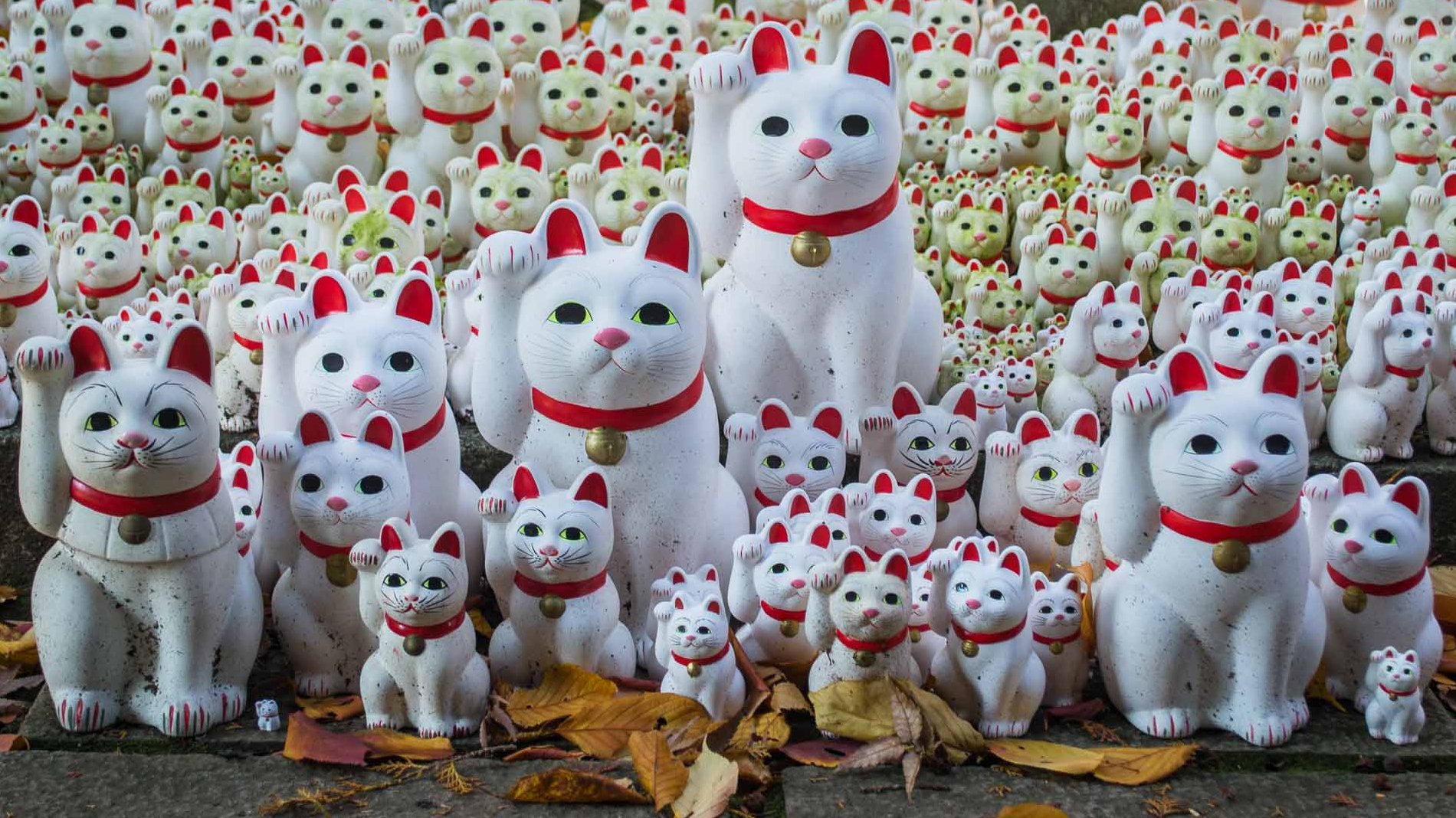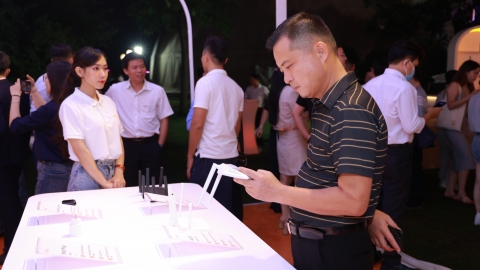The "beckoning cat" statue is an object often displayed in the bedroom or office with the meaning of "attracting wealth" to bring prosperity and success. The cat statue is a popular feng shui item in the Chinese and Vietnamese communities, leading many people to mistakenly believe that this invention is from China. However, when tracing the origin, the "beckoning cat" originated in Japan with the name Maneki Neko.
The famous place for Maneki Neko is Gotokuji Temple in Tokyo’s Setagaya neighborhood, where there is a legend explaining the appearance of this lucky cat. There are many versions of the lucky cat waving its left or right hand, but at this temple, most cats raise their right hand.
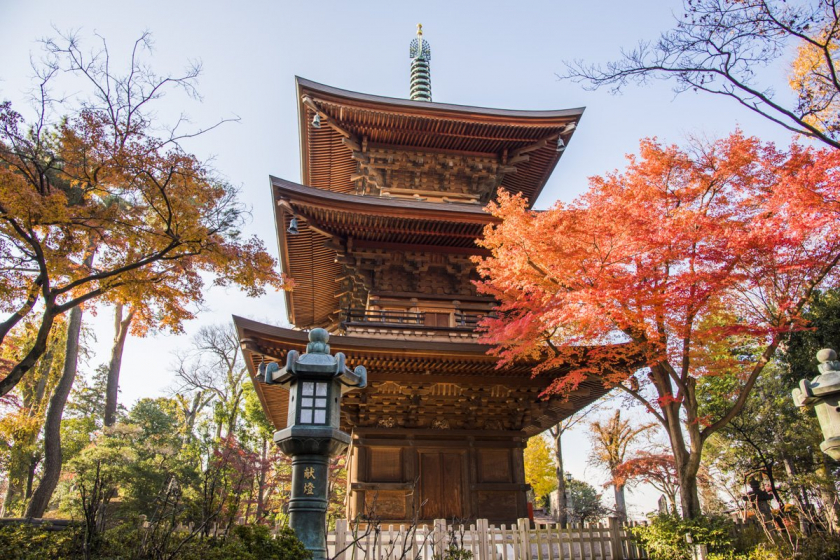
Gotokuji Temple in autumn.
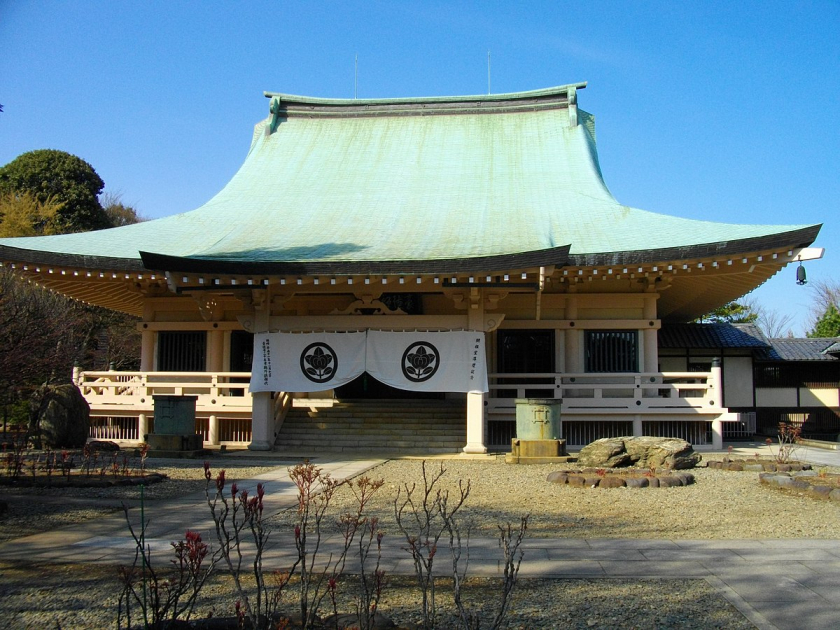
The old temple was built in the 17th century.
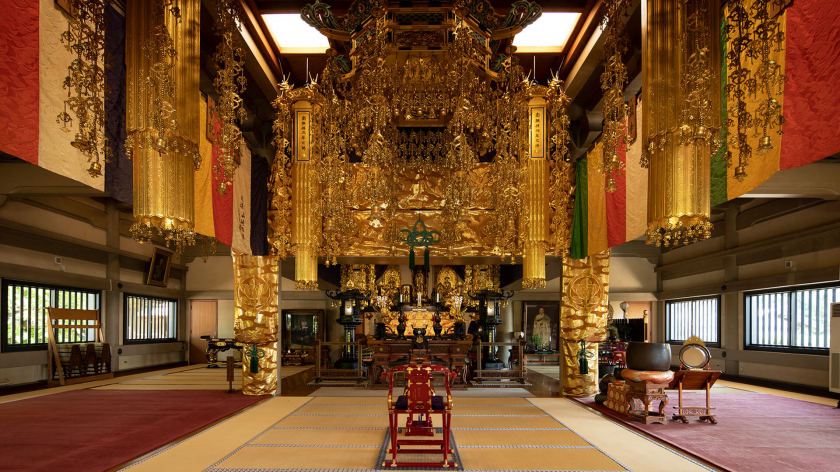
The worship hall inside Gotokuji temple.
The story is said to date back to the Edo period, and tells of a cat belonging to a priest at Gotokuji Temple that guided a lord to safety during a storm. Ii Nataoka, the second lord of Omi-Hikone, took shelter from the rain under a tree near the temple. He saw a cat waving its paw and followed it, but as soon as he left, the tree was struck by lightning.
He donated money to Gotokuji Temple to thank the cat for saving his life. The Maneki Neko statue was created to show the lord's gratitude. Later, visitors to the temple also began to pay homage to the cat statue to pray for blessings.

Visitors are surprised by the number of lucky cats here.
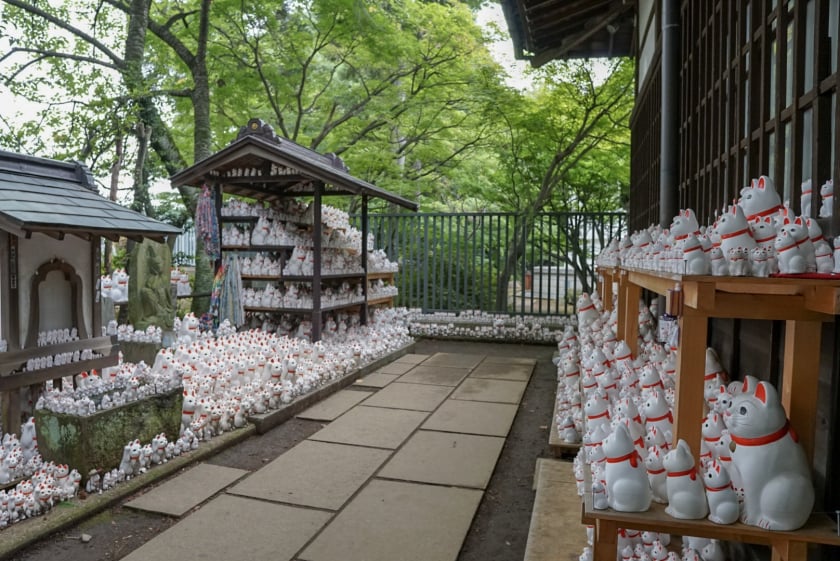
Lucky cats are everywhere.

Most of the cats are donated to the temple by visitors.
Gotojuki Temple has more Maneki Neko statues than any other temple or pagoda in Japan. In a small corner of the temple, there are wooden shelves displaying many waving cats, the number can be up to hundreds of statues of all sizes. Cat statues can be made from different materials such as wood, stone, metal, porcelain,... with many colors. Among them, the traditional white Maneki Neko statues are the most numerous. Most of the Maneki cat statues are brought to the temple by visitors.
The quiet Gotokuji Temple, located on the outskirts of Tokyo, is the perfect place for cat lovers interested in Japanese culture and history. Visitors will receive a warm and friendly welcome from the staff at Gotokuji Temple. Even if there is a language barrier, visitors can learn about the temple's stories in English.

Ema wooden tablets for writing wishes at shrines.

Kaneki cat is considered a lucky cat that can help its owner prosper in business.

The cat Kaneki at Gotokuji Temple always has his right paw raised.
Inside the shrine, omikuji (Japanese fortune-telling paper) and cat statues of various sizes are sold. Most of the miniature cat statues in the shop cost around 300 yen, while the largest, life-sized ones cost around 5,000 yen. Visitors can also pick up an ema (wooden plaque) to write their wishes on, then hang it on the wall in the hope that their wishes will come true.
Behind the temple is a cemetery that traces the history of the site. In historical places, cemeteries are often off-limits to visitors. At Gotokuji Temple, the cemetery is said to hold the remains of the Ii clan, the family that founded the temple, and visitors are allowed to visit.





